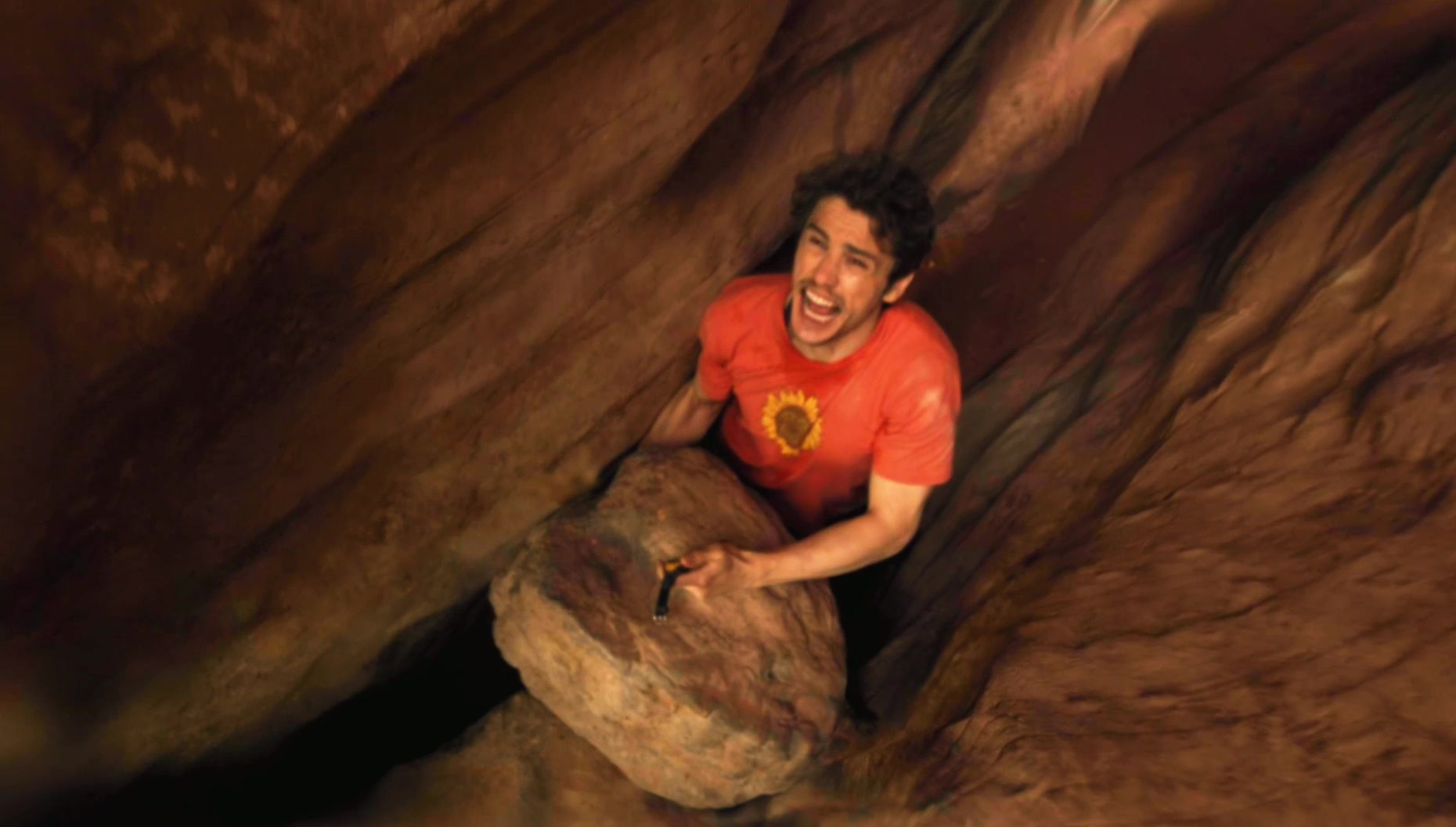
I feel very comfortable calling THE SOCIAL NETWORK a thoroughly watchable, incredibly written, strongly acted and excitingly paced film, but I find myself falling short of calling it brilliant, incredibly directed, or “the best film of the year.” I’m wondering if I’d feel differently had I seen the film at the height of its just-released hype. Instead, I waited to see it until after I had already seen films like Danny Boyle’s “127 Hours.” And, having done so, I don’t see the strength in David Fincher’s direction that I see in Boyle’s film (just to name one).
THE SOCIAL NETWORK is being courted as this year’s Best Picture winner. I can understand why in the sense that it has that zeitgeist-y quality in terms of its topic. But I don’t know if it really captures our time the way everyone thinks it does. Yes, it deals with what has perhaps become the most significant communications tool of the last half-century or more. And Fincher captures the present day backstabbing and paranoia of the business world with bite and clarity. But do you know what the film never really does at all? It never really dives into the impact that Facebook has had on culture, on how we communicate. Its version of psychology is stopped short at creator Mark Zuckerberg’s motivations for starting the website in the first place.
To be sure, it’s an interesting story of a man dancing with genius as motivated by spite, and many have drawn parallels between this film and “Citizen Kane.” I can see where the comparison comes from, but I disagree with it. Zuckerberg’s no-longer-girlfriend is no Rosebud. And Fincher, as good of a director as he is, is no Orson Welles. There are no jaw dropping visual moments here, while Kane is littered with them. This leaves the connections, if in fact there are any, on the level of story parallels.
I struggled for a while after seeing THE SOCIAL NETWORK to figure out what specifically Fincher brought to the table as a director with a typically authorial tone, because to me, the film was much more an example of the work of Aaron Sorkin, its screenwriter, whose trademark razor-sharp dialogue is the highlight of this production. Upon further reflection, I can certainly recall that Fincher darkness, the shadowy, noir-like paranoia that make most of his great films so good. And yet despite all of Fincher’s talents as a director, I found myself struggling to believe that only he could deliver this film in such a manner while, in contrast, I can’t imagine anyone else having helmed “Seven,” “Fight Club” or “Zodiac.” There are some stylistic similarities, but not enough. I think filmgoers are being blinded by the fact that a great director has intersected with the cultural story of the moment. But I was much more entertained by the dialogue than by any directorial decision, camera set-up or editing choice.
If anything makes me happy about THE SOCIAL NETWORK, it’s that audiences now know Jesse Eisenberg, an actor I have been raving about for damn near a decade. Eisenberg hit my radar all the way back in 2002 in his debut film role as the co-star of the brilliant and under-appreciated “Roger Dodger,” which would be on my list of favorite films of the past decade. His follow-up roles in films like “The Squid and the Whale,” “Adventureland” and “Zombieland” were some of the best things about those films, and it seems like with his role in THE SOCIAL NETWORK, the rest of America is finally catching up to him. Eisenberg is not, thank you very much, Michael Cera’s twin brother. What he is, though, is the perfect vehicle for Sorkin’s dialogue, as the film’s opening scene demonstrates. It’s a credit to Eisenberg alone, I think, that you never quite hate Zuckerberg even though logic tells you what an asshole he is.
Nothing about THE SOCIAL NETWORK is weak. The supporting cast—particularly the work of Andrew Garfield and Justin Timberlake—is memorable and realistic. The production values are stellar. And if the film racks up the accolades during the award season ahead, those kudos won’t be wholly unjustified.
But I’m going to stand out on a limb, perhaps alone, and look back on THE SOCIAL NETWORK as solid film entertainment as opposed to the second coming. I enjoyed it very much, but I thought it could have been so much more. Four-star films are movies that couldn’t be better. Three-star movies are quality entertainment and memorable pieces of film craft. THE SOCIAL NETWORK is the latter.
3.0 out of 4









